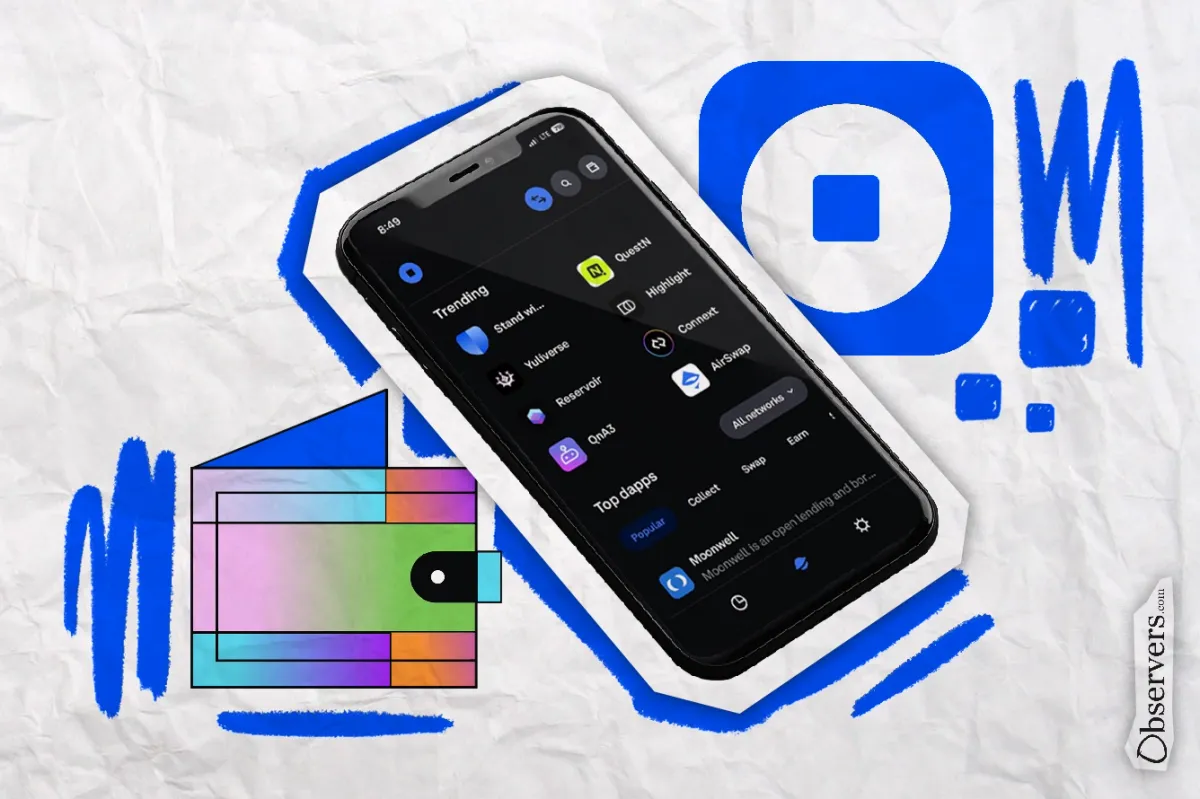
Coinbase recently introduced a new technology called Smart Wallet. The easy interface provides a simplified onboarding process via passkeys and device-native authentication such as Face or Touch ID. Smart Wallet does not require any app or extension to be installed; it can be accessed, configured, topped up, and more via a web page. According to developers, it will soon be possible to manage smart wallets in the Coinbase Wallet app.
"Smart wallets offer a streamlined, gasless onchain experience. This simplicity, combined with multi-chain support and integration with major applications, will make onboarding to the blockchain as effortless as signing into your favorite website," - Coinbase announcement.
Smart Wallet can be seamlessly integrated into other apps so that developers can provide their users with a comfortable payment process that doesn't require the installation of third-party apps and long registration. As a further perk for users, the developers can sponsor the transactions and waive gas fees for the clients. Coinbase promises that the technology integration will be free and almost effortless for those already using the ecosystem's wallet and development tools. It will support eight networks, including Base, Ethereum, Polygon, and BNB, but the company doesn't recommend sending Ethereum network assets because of the high fees (around $10 compared to $0.5 on others due to the high amount of transactions).
The onboarding experience is extremely simple. After clicking 'create wallet,' we were only required to confirm it with TouchID on our MacBook. We then entered our wallet with FaceID from our iPhone, with no extra confirmation required. Connection to PancakeSwap took a few seconds. It was possible to receive crypto directly to our new address without providing any additional data or going through a KYC procedure; however, buying crypto required registration on Coinbase.
Coinbase promises that users can "enjoy a fluid experience without sacrificing self-custody or their security." While such simplicity is very lucrative, especially for those unfamiliar with the crypto world and who don't understand the use of seed phrases, it is not meant for large savings accounts. Instead, Smart Wallet can be used like a debit card with a limited amount of money, which is not directly connected to your main account. This makes it a very handy payment method for small purchases.
Notably, a user from a country restricted by the Office of Foreign Assets Control who was not allowed to register a standard Coinbase Wallet could register a smart wallet, receive USDT from an external wallet, and pay with it, which raises security and compliance concerns.
Smart Wallet confirms the general trend toward simplification and facilitation in the crypto world. As the savvy community already has multiple advanced crypto trading and storage options, the industry is switching its attention to the less experienced general public. A great example of such a product is the TON Wallet, which is integrated into the Telegram messenger app.
Massive crypto adoption relies heavily on accessibility, clarity, and simplicity of the onboarding process, so the new options, in the first place, provide users with familiar registration procedures. Naturally, after the wallet is registered, things will get more complicated for newcomers who want, for example, to top it up with fiat or convert to other crypto, but that's another story for Observers.

